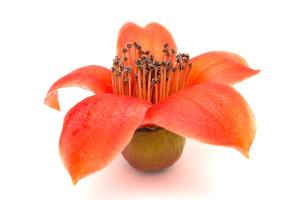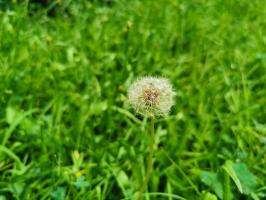When to Switch Potted Plants to Hydroponic
Introduction
Potted plants are a great way to add natural beauty and life to your indoor or outdoor spaces. However, traditional potted plants rely on soil as their source of nutrients, which can lead to problems like over/under watering, soil-borne diseases or pests, limited nutrients, and soil nutients imbalances. Hydroponic gardening, on the other hand, offers many advantages over soil-based gardening, including faster growth, higher yields, better disease and pest resistance, and better nutrient control. In this article, we will discuss when to switch potted plants to hydroponic.
Signs That Your Plants Are Ready for Hydroponics
Before switching your potted plants to hydroponics, you need to check if the plants are already in good health and strong enough to adapt to the new growing conditions. Here are some signs that suggest your plants are ready for hydroponics:
Your plants have outgrown their pot or need repotting.
Your plants seem stressed or malnourished despite giving them proper care and maintenance.
Your plants are experiencing problems with soil-borne diseases, pests or funguses.
Your plants require frequent watering or feeding, which can be a hassle or time-consuming.
Your plants' roots are well-established, which will help them to quickly adapt to hydroponic growing conditions.
How to Switch Potted Plants to Hydroponics
You can switch your potted plants to hydroponics by following these simple steps:
Choose a hydroponic system that suits your plants' needs and your preferences. There are several types of hydroponic setups available, such as deep water culture, ebb and flow, drip irrigation, aeroponics, etc.
Prepare your hydroponic setup according to the instructions provided by the manufacturer. Make sure the system is clean, sterile, and properly aerated.
Carefully remove your plants from their pots, while being careful not to damage the roots. You can use a water-based medium like rock wool or clay pebbles to support the roots.
Place your plants in the hydroponic system and ensure that their roots are properly submerged in the nutrient solution. Adjust the pH and nutrient strength of the solution as needed based on your plants' requirements.
Monitor your plants' growth and health regularly, and make adjustments to the hydroponic system as necessary to ensure that your plants receive the right amount of nutrients, light, and water.
Tips to Maximize Your Hydroponic Results
Switching your potted plants to hydroponics is just the beginning; now you need to ensure that your hydroponic garden thrives. Here are some tips to get the most out of your hydroponic system:
Start with healthy plants that have good roots and vigor.
Choose the right hydroponic system for your plants and your space.
Use a high-quality nutrient solution that contains all the essential elements your plants need.
Ensure that your hydroponic system is properly aerated, and the nutrient solution is well oxygenated.
Keep your hydroponic setup clean and sterile; sanitize it at least once a year to prevent diseases and pests from spreading.
Monitor your plants' growth and health regularly, and make adjustments to the environment as needed.
Conclusion
Switching your potted plants to hydroponics is a great way to improve your plants' health, increase your yields, and enjoy the many benefits of hydroponic gardening. By following the simple steps outlined in this article and taking the necessary precautions to ensure that your hydroponic system is healthy and functioning properly, you can create a beautiful and productive garden in no time. Happy hydroponic gardening!

 how many times do yo...
how many times do yo... how many planted tre...
how many planted tre... how many pine trees ...
how many pine trees ... how many pecan trees...
how many pecan trees... how many plants comp...
how many plants comp... how many plants can ...
how many plants can ... how many plants and ...
how many plants and ... how many pepper plan...
how many pepper plan...
































